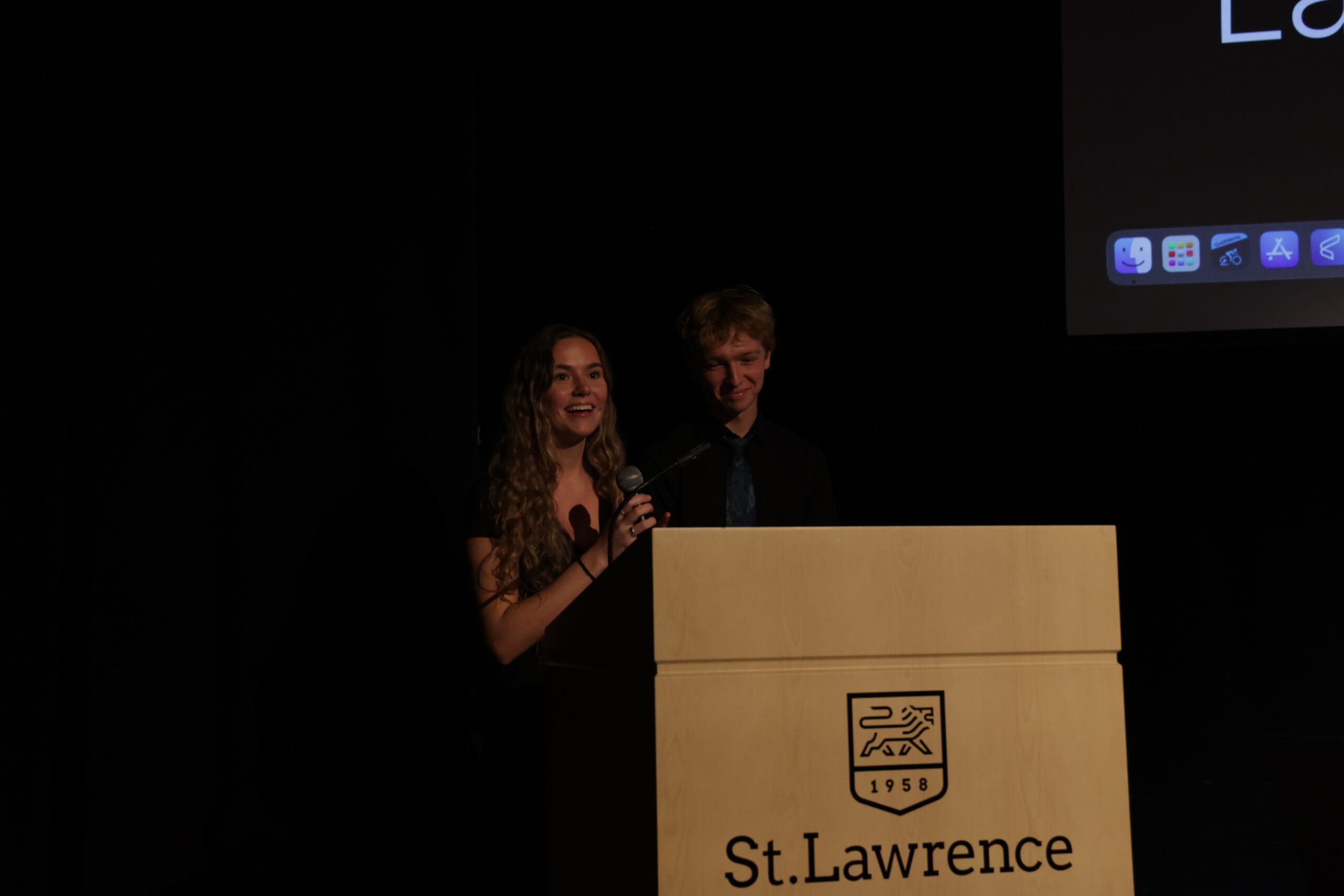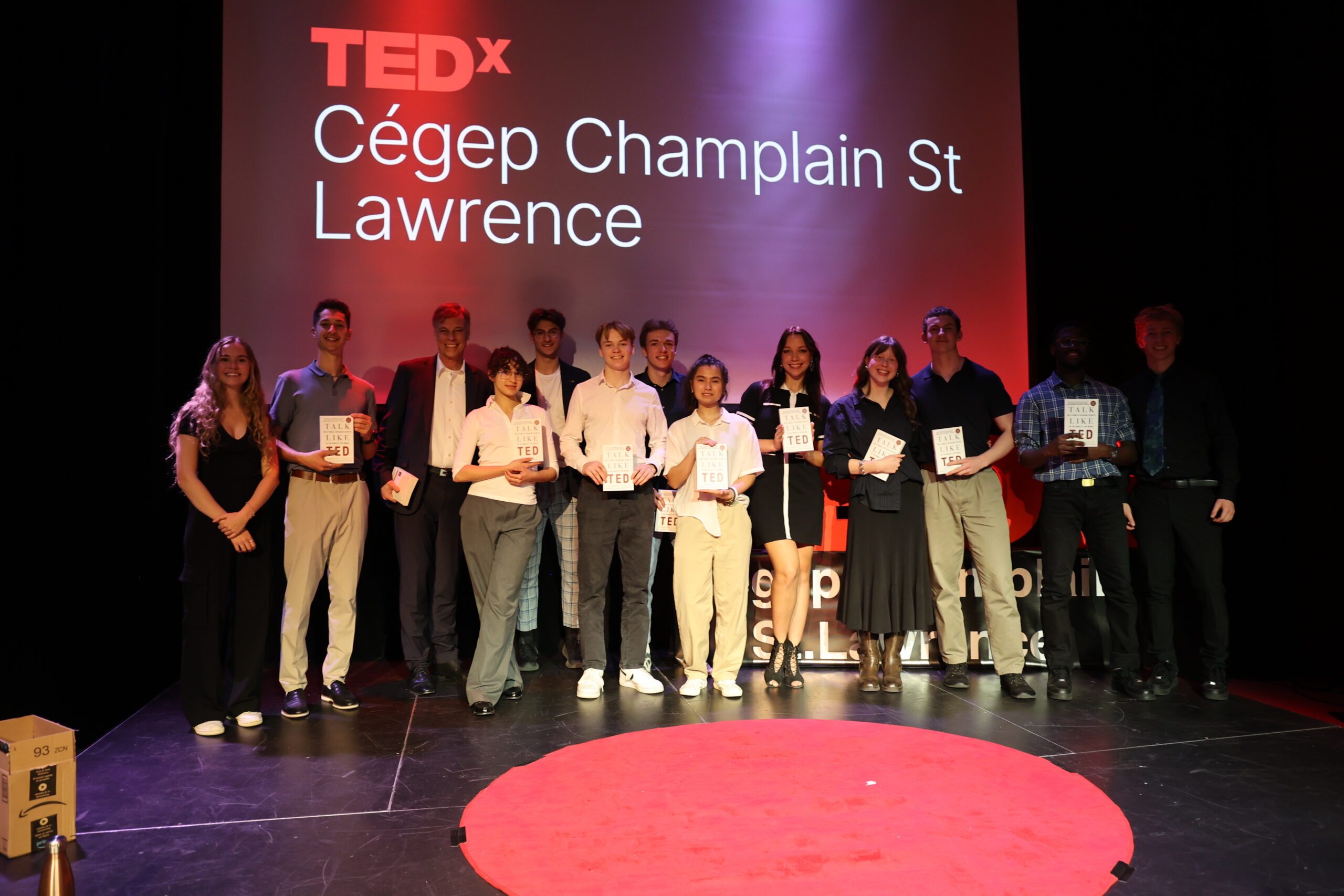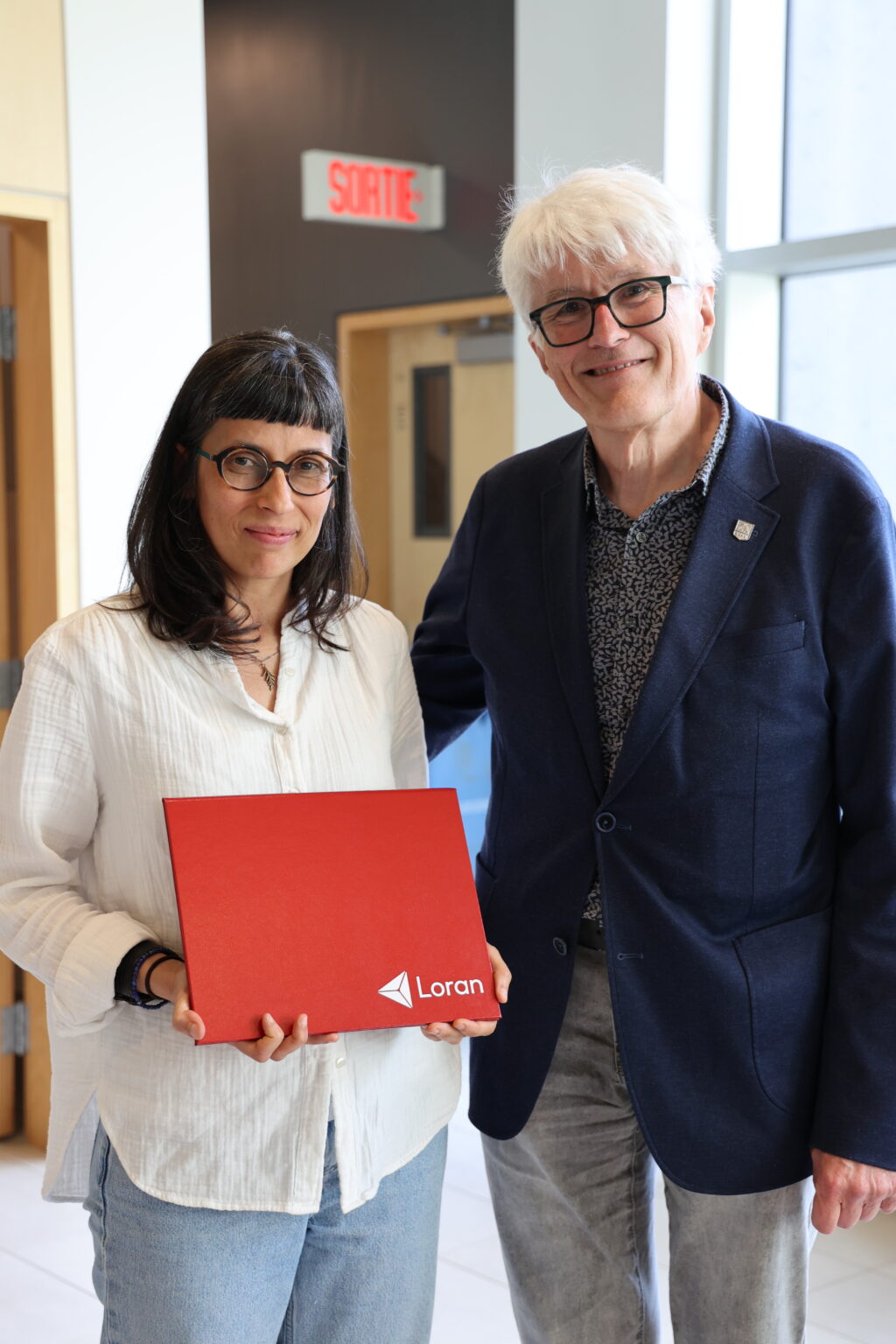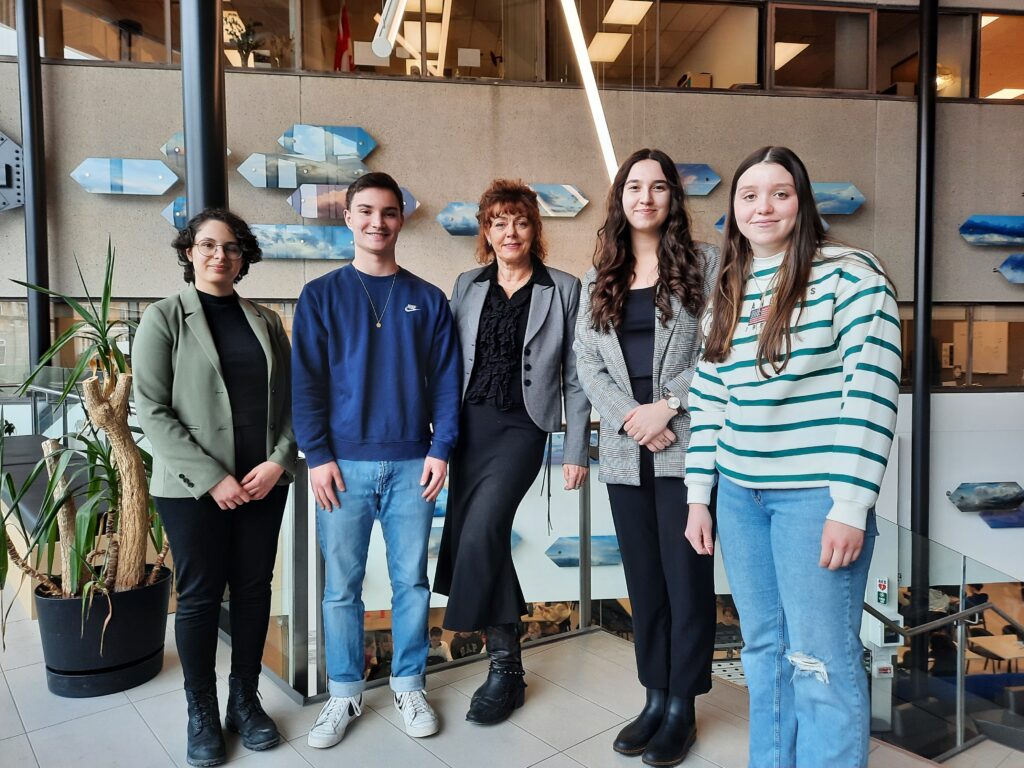Vie étudiante • 07 novembre 2024
TEDx Comes to St. Lawrence
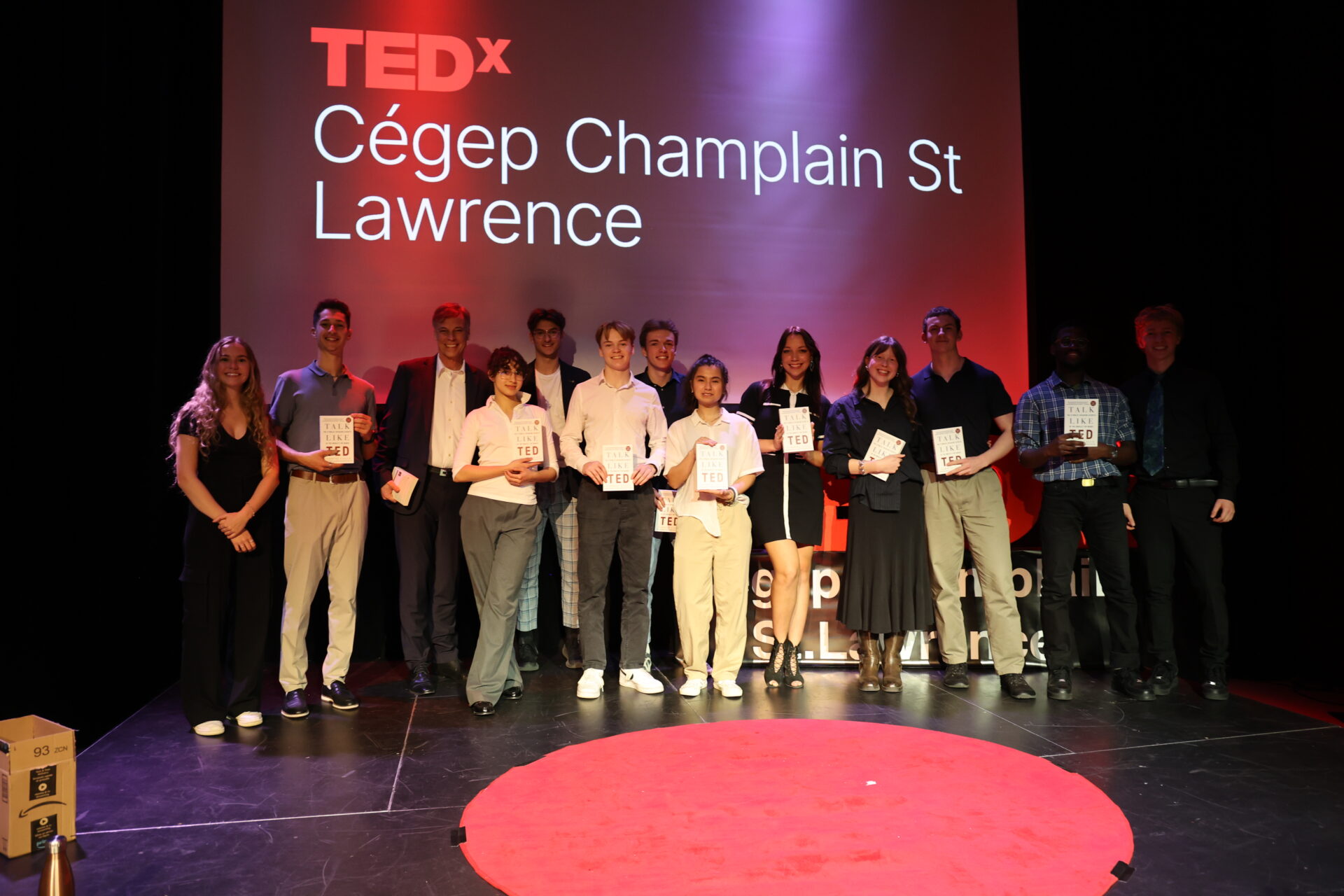
On Thursday, October 24th, St. Lawrence hosted its first-ever TEDx event. The conference, which took place at 6:30pm before a crowded auditorium, featured talks by nine St. Lawrence students and two guest speakers, all tackling the subject “What’s Next?”.
For an event that was the first of its kind at the college, it was a huge hit: guests included students, teachers, parents, and members of the public, who were treated to over two hours of talks and a networking cocktail hour. The talks covered a wide range of subjects, from the academic (cancer research, genomics, population growth models, international relations and arctic exploration) to the personal (conquering one’s fears, finding one’s purpose in life).
Guest speaker Thomas Eckschmidt, who flew in from Brazil for the occasion, closed out the night, sharing with the audience his experiences as a serial entrepreneur. Dev Aditya had planned to travel from the UK to speak at the event, as well, though last-minute Visa troubles resulted in a video recording of his talk, instead. He spoke about AI and the work that is being done to improve access to education with help from this new technology.
Tristan Massicotte, the student behind the organization of the event, says he was inspired to bring TEDx to St. Lawrence because of his own experience speaking at a similar event. He had the chance to give his own TEDx talk at the age of 12 and saw firsthand the “ripple effect” caused by “passing the mic to students,” he says. Preparations began more than six months ago and involved an organizing team including students Louis Théoret (sponsorships) and Emmanuel Pouliot and Julia Roy (masters of ceremony), as well as several teachers who served as coaches to the speakers.
Massicotte loves TED because of its focus on the three broad areas of Technology, Entertainment and Design. TEDx denotes an independently organized TED event. « To me, TEDx is all about inspiring others to dream big, act boldly, and keep pushing boundaries, » he says. He was excited to put this event together and watch as students became inspired and empowered. These students are the future, he says (hence the theme). He wanted the audience to get a preview of how young people see where the world is heading.
The evening was an inspiring experience for all, both in terms of the discussion topics and the very fact that so many students had put together powerful talks. The excellence of these bright young people was the star of the show. « By bringing TEDx to our school,” Massicotte says, “I wanted to show students that their insights matter and that their unique stories deserve to be heard. »
Congratulations to the student speakers, Abigail Esther Mendez Mora, Abraham Eyestone, Dominic Gaumont, Jordan Tchouamou Tchiadjeu, Justin Simard, Louis-Philippe Gervais, Sarah Luger, Sofiia Gagné, Tassnym Echchahed; to Tristan Massicotte and Louis Théoret; and to all others involved in organizing this wonderful event.
You can watch the talks on the TEDx YouTube channel when they are posted later this year.
